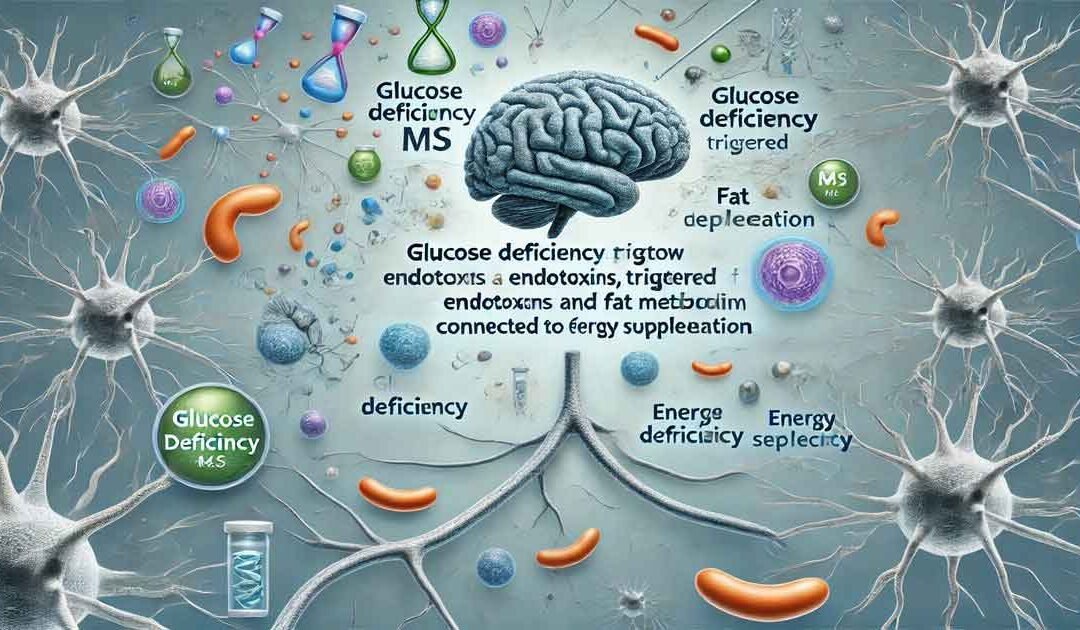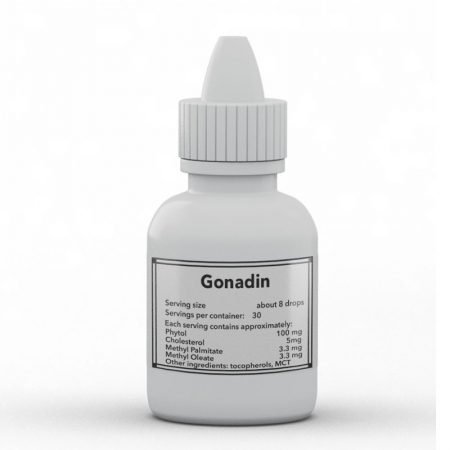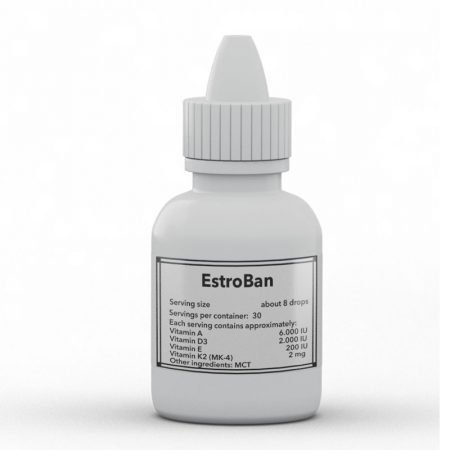Само преди няколко дни публикувах революционното изследване на метаболитното разстройство при амиотрофична латерална склероза – т.е. това е заболяване, характеризиращо се с повишена оксидация на мастни киселини (FAO), при което се губи глюкоза. Простото увеличаване на глюкозата в храната е било в състояние значително да ограничи патологията.
Горещо по петите на това изследване е и изследването по-долу, което открива много сходна патология при множествената склероза (МС). Според проучването МС е състояние на възприеман глюкозен дефицит, който води до сливане на невронните митохондрии и до невъзможност за производство на енергия. Спусъкът на сливането и причината за енергийната блокада са производните на мастните киселини, известни като серамиди. Установено е, че церебро-спиналната течност (CSF) на пациенти с МС съдържа много високи нива на церамиди. Известно е, че синтезът на церамиди се задейства от активирането на рецептора за ендотоксин (LPS) TLR4, а за церамидите е известно, че блокират окислението на глюкозата, както и цялостната митохондриална функция.
https://en.wikipedia.org/wiki/Ceramide
“…Ceramides induce skeletal muscle insulin resistance when synthesized as a result of fatty acid activation of TLR4 receptors.[6] Ceramides induce insulin resistance in many tissues by inhibition of Akt/PKB signaling.[7]Aggregation of LDL cholesterol by ceramide causes LDL retention in arterial walls, leading to atherosclerosis.[8] Ceramides cause endothelial dysfunction by activating protein phosphatase 2 (PP2A).[9] In mitochondria, ceramide suppresses the electron transport chain and induces production of reactive oxygen species.”
So, the cascade of causes for the pathology of MS suddenly seems rather simple when examined from an energetic point of view. No need for Epstein-Barr viral infection, genetic predispositions, or other mysterious unknown causes. What’s even more shocking is that the solution to this pathology was also rather simple – simply increase the supply of glucose, the Randle cycle swings in favor of glucose and health is rapidly restored. And for those that prefer more direct interventions, TLR4 antagonists, antibiotics, or even aspirin may target more specific pathways and thus reduce the synthesis of those pesky ceramides.
“…Treatment of neurons with medium supplemented with ceramides, induced a time-dependent increase of the transcripts levels of specific glucose and lactate transporters, which functionally resulted in progressively increased glucose uptake from the medium. Thus ceramide levels in the CSF of patients with progressive multiple sclerosis not only impaired mitochondrial respiration but also decreased the bioavailability of glucose by increasing its uptake. Importantly the neurotoxic effect of CSF treatment could be rescued by exogenous supplementation with glucose or lactate, presumably to compensate the inefficient fuel utilization. Together these data suggest a condition of ‘virtual hypoglycosis’ induced by the CSF of progressive patients in cultured neurons and suggest a critical temporal window of intervention for the rescue of the metabolic impairment of neuronal bioenergetics underlying neurodegeneration in multiple sclerosis patients.”
https://www.sciencedaily.com/releases/2019/07/190715094608.htm
“…The research team delved deeper to determine what was present in the CSF of progressive MS patients that could be causing these mitochondrial changes and, possibly, an increased energy demand. Previous research has indicated that mitochondria elongate in an effort to generate more energy for cells when there is enhanced energetic demand or a decrease in available glucose. The researchers’ lipid profiling of the CSF samples revealed that CSF from progressive MS patients had increased levels of ceramides.”
“When we exposed cultured neurons to ceramides, we elicited the same changes caused by exposure to CSF from progressive MS patients, and we further discovered that ceramides induced neuronal damage by acting on two cellular mechanisms,” said Maureen Wentling, a research associate in the Casaccia lab and the study’s first author. “On one end, ceramides impaired the ability of neurons to make energy by directly damaging the mitochondria. On the other end, they also forced neurons to more rapidly uptake glucose in an attempt to provide energy for the cell.” The researchers were able to prevent the neurotoxic effect of CSF on cultured neurons by supplementing glucose. Supplementation isn’t a sustainable approach in the diseased brain, however, so a different approach will ultimately be needed for developing therapies that improve mitochondrial function in patients with progressive MS.”
Източник:
- Колко пресни портокала са ви необходими, за да изчистите черния си дроб от мазнини?
- Хроничният стрес понижава допамина и причинява психични заболявания
- Естрогенът и кортизолът, а не андрогените, потискат имунитета
- Инхибирането на ароматазата (за намаляване на естрогена) може да доведе до лечение на рак на стомаха.
- Потиснатият имунитет, а не вирусите (HPV), може да е причина за рака на кожата













